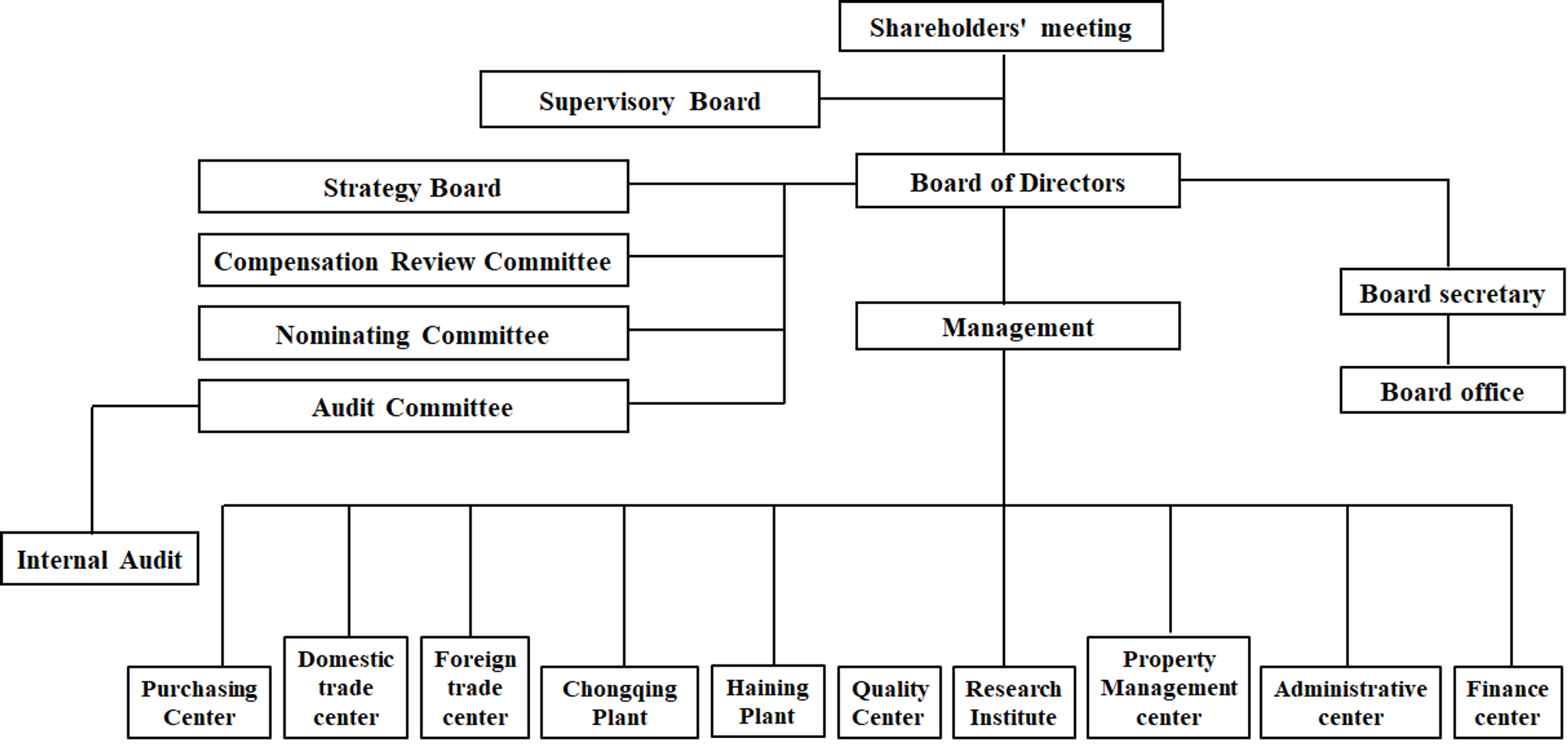
Basic Overview of Corporate Governance
Basic Overview of Corporate Governance
Asset Independence
The company owns or has usage rights for the main assets related to its current business and production operations, such as land, buildings, machinery, and intellectual property. There is no encroachment by the controlling shareholders or their controlled entities.
Company and Controlling Shareholders
The company maintains a complete and independent business system and has the capability to operate independently in the market. It operates independently from its controlling shareholders in terms of assets, personnel, finance, institutions, and business operations. The Board of Directors, Supervisory Board, and internal institutions function independently.
Directors and the Board of Directors
In compliance with laws, regulations, and the Articles of Association, the company has seven directors, including three independent directors. All directors perform their duties diligently in accordance with the Articles of Association, the Rules of Procedure for Board Meetings, and the System for Independent Directors' Work. The Board of Directors has four committees: Strategy, Audit, Remuneration and Assessment, and Nomination, each performing their duties as per the Articles of Association and respective procedural rules.
Supervisors and the Supervisory Board
The Supervisory Board consists of three supervisors, including one representing the employees. The composition and number of supervisors meet legal and regulatory requirements. They effectively oversee the company’s finances and the compliance of directors and senior management with their duties.
Performance Evaluation and Incentive Mechanism
The company continuously improves its performance evaluation and incentive mechanisms. The appointment of senior management is open, transparent, and compliant with legal and regulatory requirements.


